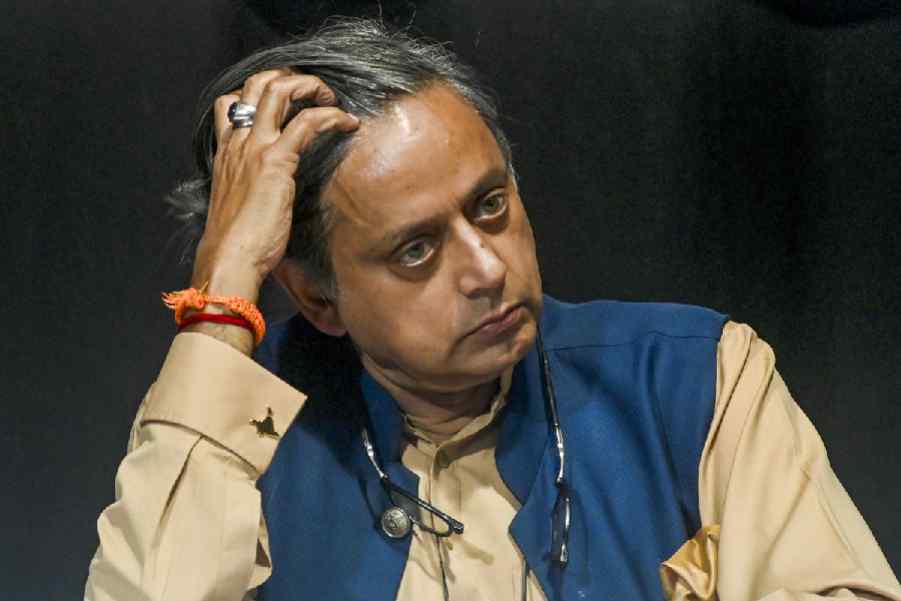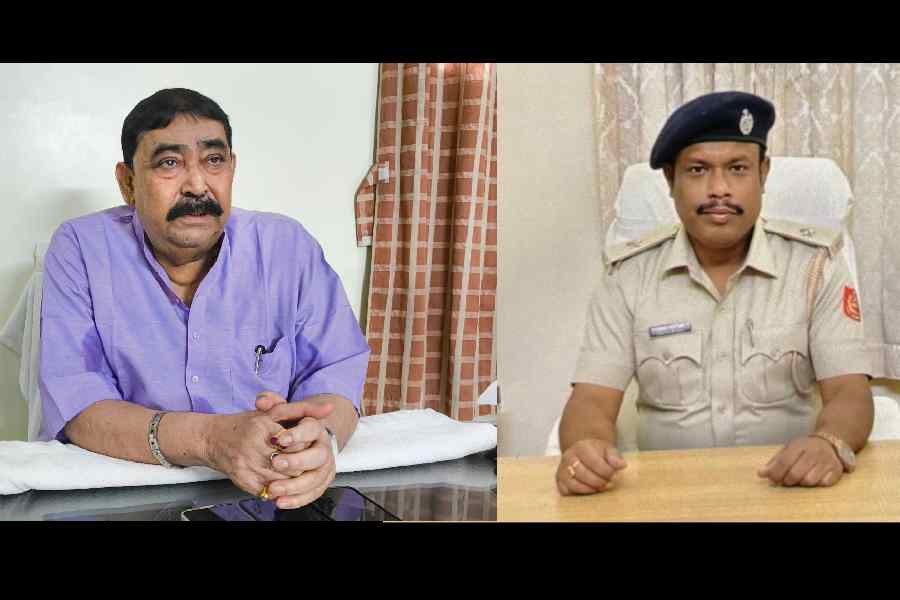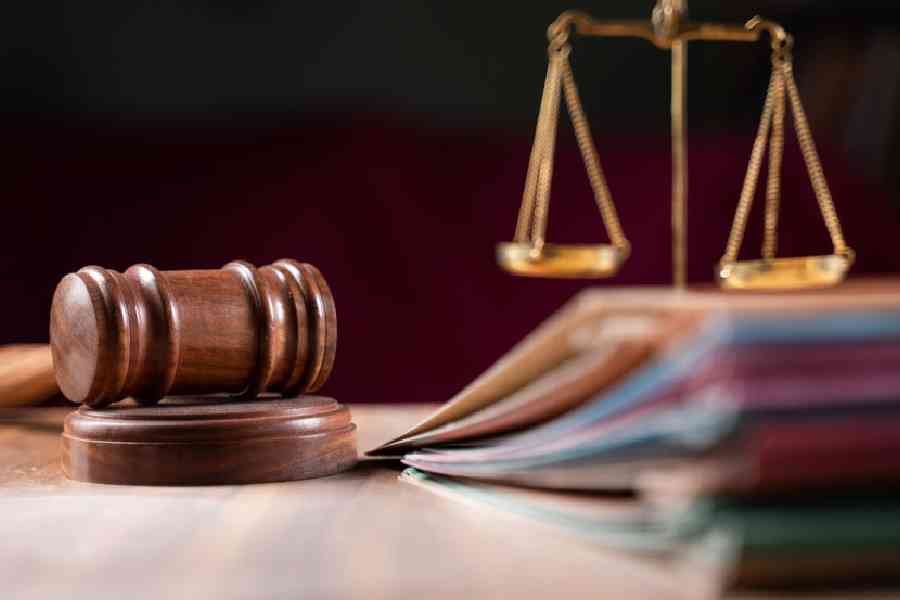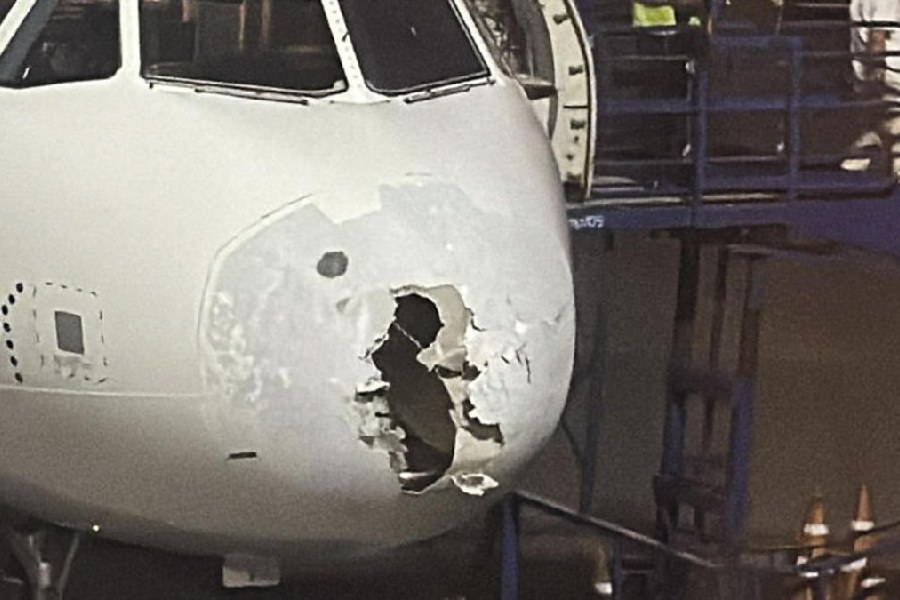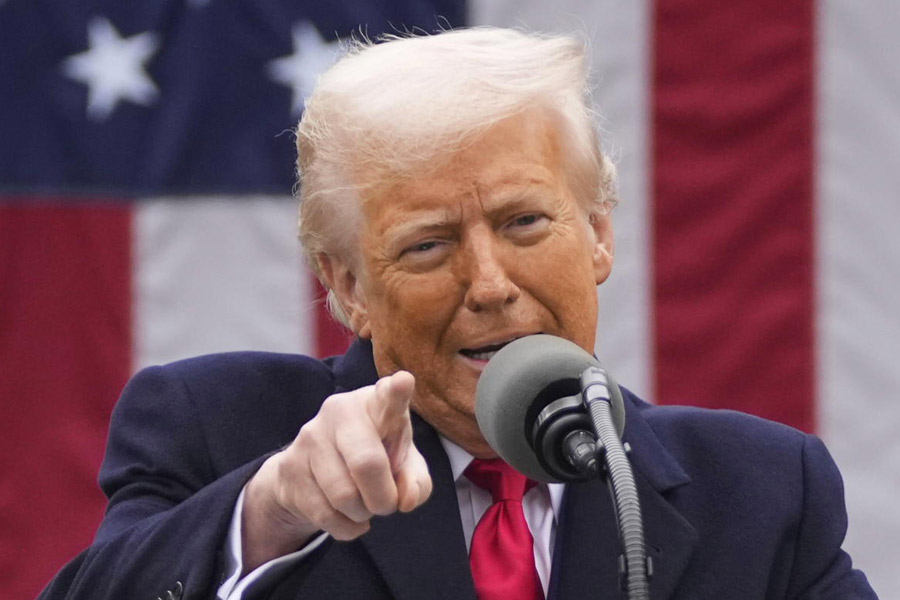 |
| Enamul Haque |
New Delhi, Jan. 22: Dozens of ancient terracotta artefacts from Chandraketugarh in Bengal have ended up in museums and private collections in the West after being smuggled out of India, a Bangladeshi historian has said.
The terracotta figurines and plaques with human figures date back to the 3rd century BC and represent some of the earliest art from Bengal, Enamul Haque, director of the International Centre for Study of Bengal Art in Dhaka said.
Calcutta University researchers had first excavated the Chandraketugarh site in the 1950s and 1960s and unearthed an abundance of terracotta artefacts that have been preserved at the Asutosh Museum in Calcutta.
The artefacts gained fresh prominence during the 1990s when they began to surface in museums, private collections, and with antique dealers in the West, said Haque, author of the book Chandraketugarh: A Treasurehouse of Bengal Terracottas.
“I suspect Indian scholars haven’t even had a chance to see the material before it was smuggled out,” Haque said at an Indo-Bangladesh dialogue organised by the India International Centre and Dhaka’s Centre for Policy Dialogue.
Haque said he was surprised when he saw the terracotta material in a museum in New York in 1992. He had also seen such artefacts in Zurich, London and elsewhere.
Senior Archaeological Survey of India (ASI) officials in New Delhi said they have no information about artefacts from Chandraketugarh being smuggled out of India. An official said ASI’s Bhubaneswar office had excavated Chandraketugarh during the mid-1990s, but the activity had been abandoned because of “unexpected heavy rains”.
The Bhubaneswar office had prepared another team to be sent to Chandraketugarh in 2002. But it was sent to Ayodhya instead for excavations there, the official said.
“We know Chandraketugarh is a rich reservoir of artefacts. You don’t even need to dig deep. Local people find the material with little effort.”
Some individuals who live near Chandraketugarh have developed their own private collections of artefacts. Some figurines represent Yaksha and Yakshi, said Haque who has collected 993 photographs of the terracotta artefacts from around the world.
Haque isn’t the first to warn about the smuggling of Chandraketugarh artefacts. Six years ago, a report published by the McDonald Institute of Archaeological Research in Cambridge had warned that material from Chandraketugarh “is now often seen on the market, especially in the US”.
The report had cited a catalogue of antiques from Asia on auction that had listed three items labelled as “Probably from Chandraketugarh, 2nd/1st century BC”.


